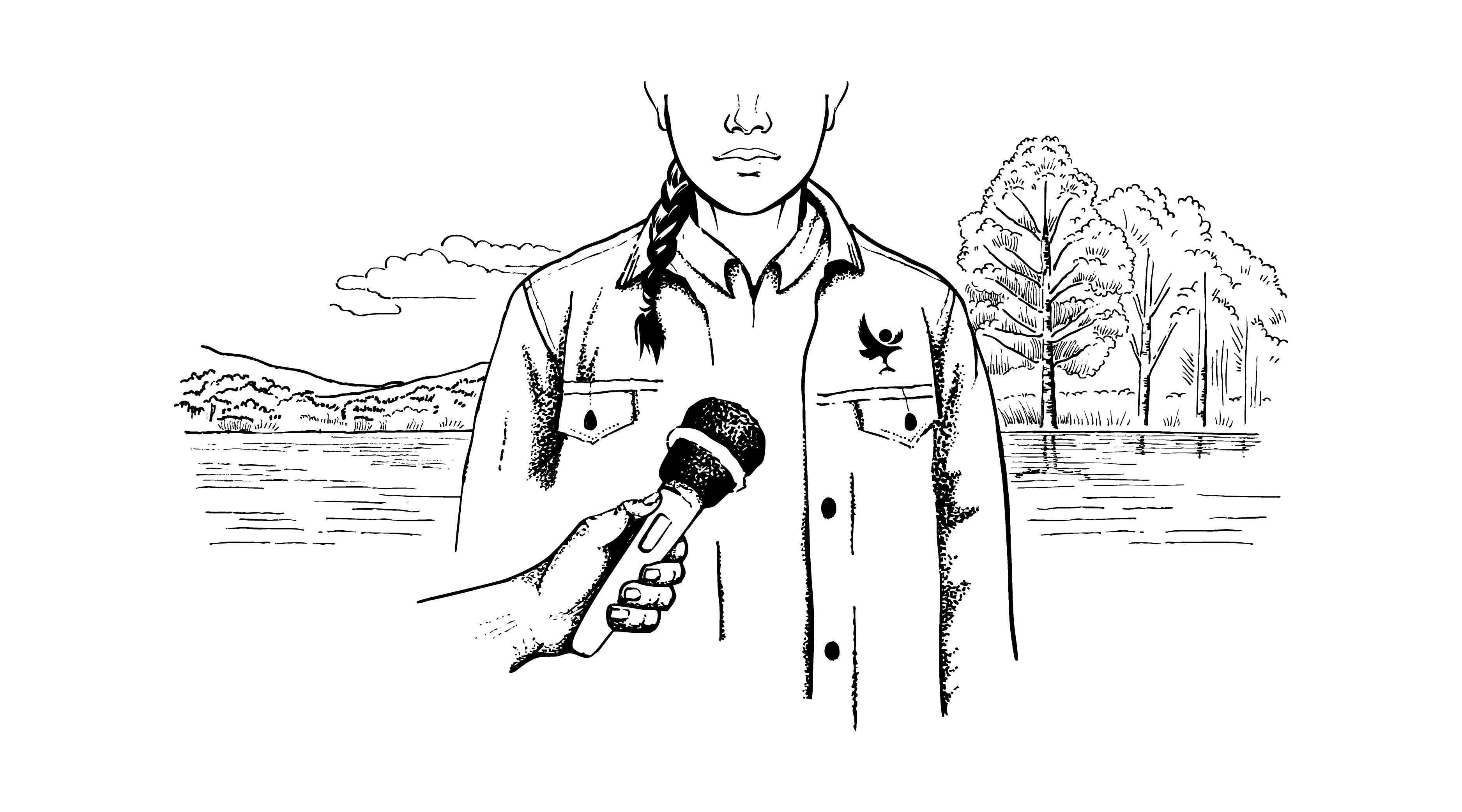Place names unlock the secrets of the past

Place names unlock the secrets of the past
What’s in a name? When it comes to the place names of Deeside and the North East of Scotland the answer is a fascinating window on history!
The Cairngorms National Park Authority (CNPA) and Birse Community Trust (BCT) welcomed leading experts to Finzean Village Hall on Wednesday 11 March to shed light on the origins of place names and the intriguing stories behind some of them. The talks focussed on the rich cultural landscape of Birse, Deeside and the wider North East, where the influences of Gaelic, Scots and Pictish language can all be found in traditional local place names.
The event, for local residents and others from across Deeside, was designed to raise awareness of local place names and encourage on-going interest in them. It was also aimed at increasing people’s confidence so they feel more comfortable using Gaelic/Scots names.
CNPA Land Management Officer, Penny Lawson, explains “Place names all around us tell of the rich heritage of our land and it was great to find out more from the experts. Many of the countryside rangers who attended said they had learned some fascinating facts that they could now pass on to locals and visitors in the course of their work.”
Roddy Maclean was one of the speakers on the day, his talk concentrated on elements of the Gaelic nomenclature in upper Deeside. He said, “It was a really terrific event. I myself learned a lot from the other speakers, and the knowledgeable audience, about the fascinating place names of the area– coined in languages both present and past . The CNPA and BCT are to be congratulated for organising the day, and I hope its success will encourage many more events that celebrate the rich linguistic and cultural heritage of the National Park and its hinterland.”
Robin Callander of BCT commented “The meeting was a great success, with excellent presentations and interesting discussion. BCT will now be doing more to try to help ensure traditional local paces names in Birse parish are not lost with passing generations.”
Latest from the National Park
In conversation with: Dr Sally Mackenzie
In conversation with Freshwater Restoration Manager, Dr Sally Mackenzie, about her role at the Park Authority.
Pulling together in wake of wildfires
An update from Park Authority Convener Sandy Bremner and Chief Executive Grant Moir on collective efforts to tackle wildfires in the National Park going forward.
Making a difference downstream
Reducing the impacts of droughts and high temperatures.




